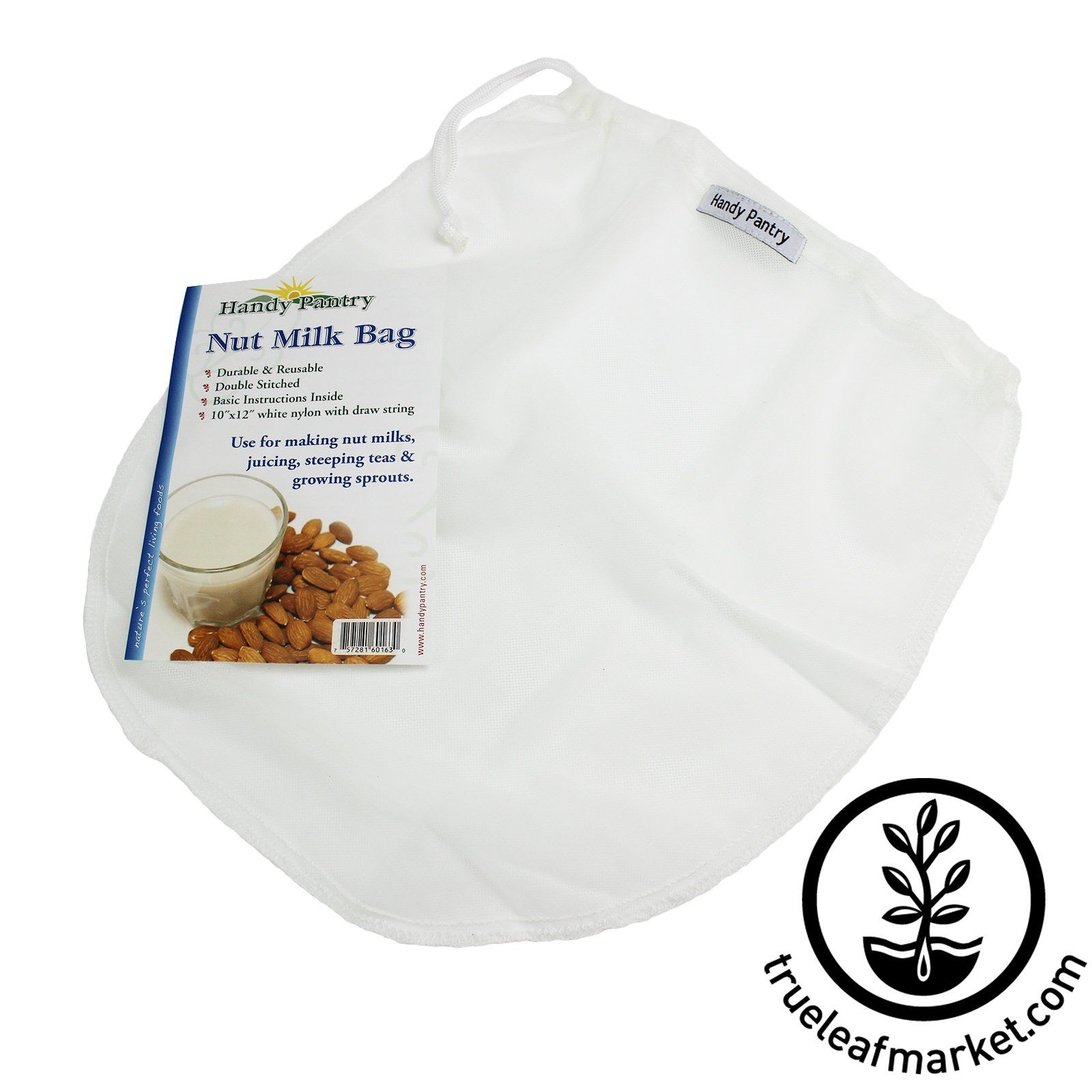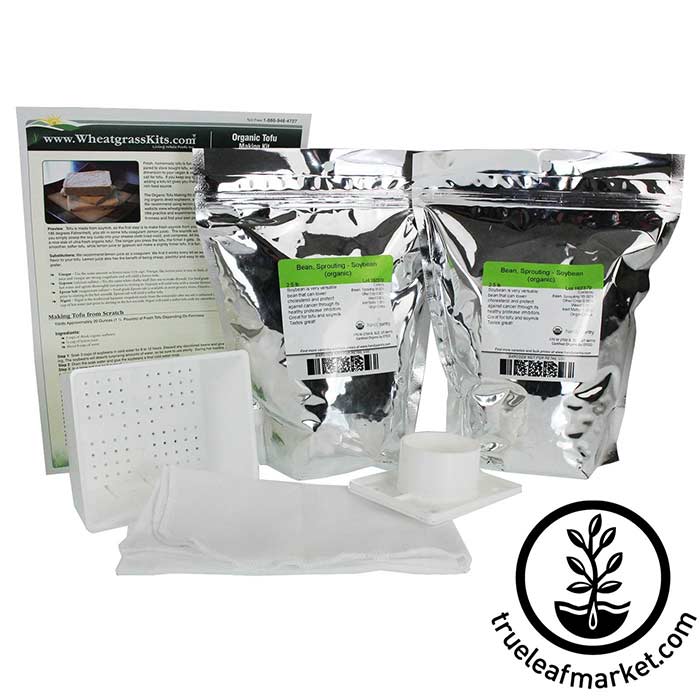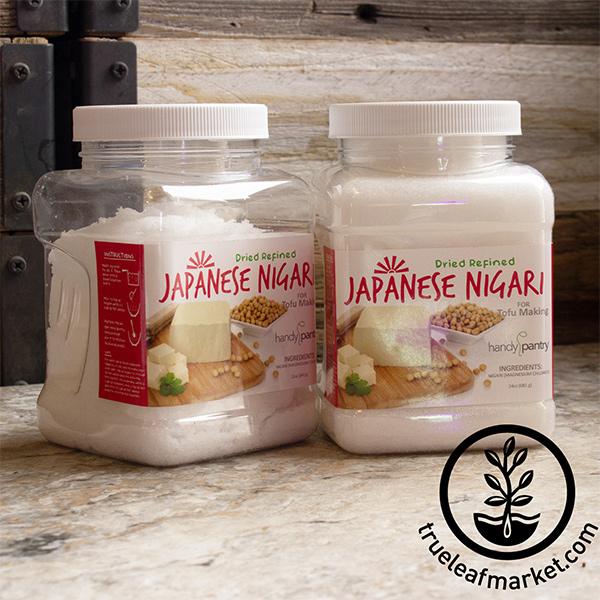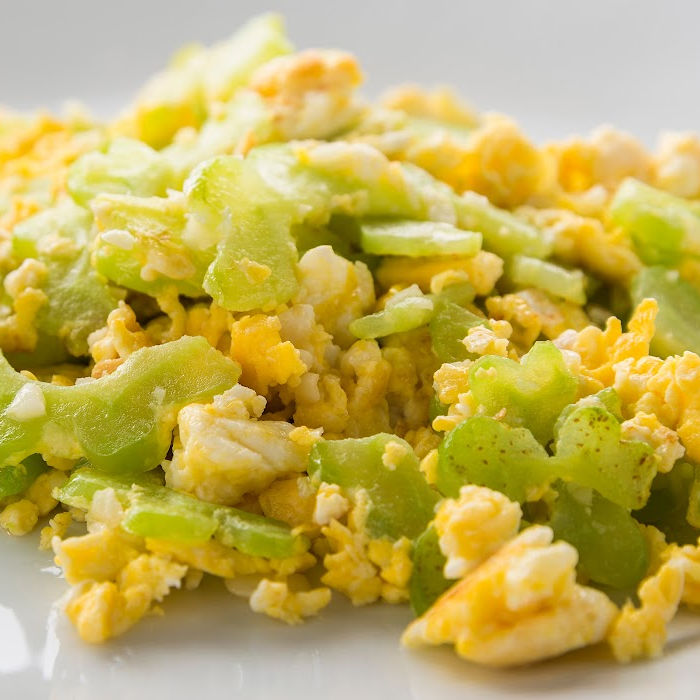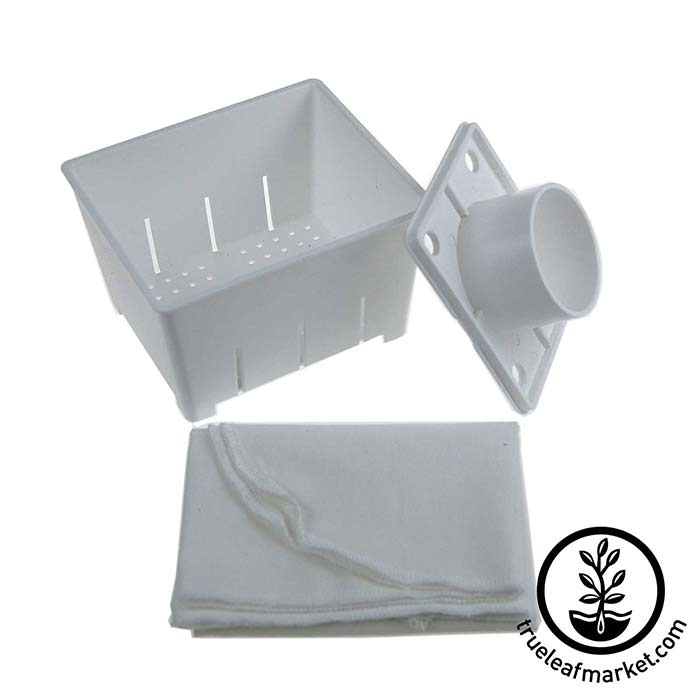
Kat Jones

Published April, 02, 2014
Updated March 06, 2024
We have a great line of products and kits to help you make your own soymilk and tofu. When making your own, we recommend adding a little flavoring like agave, vanilla, or ginger to give your soymilk a quality every bit as good as commercial products.
Making Homemade Tofu
What was really a challenge to research was making tofu. As it turns out, there are several different techniques, and we could not find a good, clear, easy to follow recipe/process anywhere. We ended up making about 20 different batches in order to really understand the process, and we created a series of tofu kits and other tofu supplies. But for us, the real key is the clear instructions included in our tofu kits. The bottom line is we looked at every other tofu kit we could find, and we think ours is the most complete and easy to follow of the lot. We also include organic soybeans, which is a huge plus.
One of the biggest issues that might confuse most about making tofu is the coagulant. Different websites and authors recommend using very hard to find and expensive coagulants like Japanese nigiri, or food-grade gypsum, but the truth is that you have two great coagulants in your kitchen already: lemon juice and vinegar. We did side-by-side comparisons of many coagulants and lemon juice is every bit as good as the more exotic coagulants available. We simply recommend lemon juice or vinegar.
As a quick overview of the tofu making process, you simply make soymilk (either with a soymilk machine or with a blender) from soaked soybeans. You pour in lemon juice (or another coagulant) into hot soymilk (185 degrees Fahrenheit), and it will start to curdle immediately. Let stand for about 15 minutes and transfer to your cheesecloth lined tofu mold (included in kits) and press. The longer you press the tofu, the firmer it gets. In other words, the complete ingredients for tofu are water, soybeans and lemon juice coagulant. You will need a wire mesh strainer, some large bowls, measuring cups, a large cooking pot, and a blender. It is really fun to make your own.
If you are a fan of tofu, fresh homemade tofu will amaze you. If you aren't a tofu fan, fresh tofu might just convert you. It's nothing like store bought, which seems stale and rubbery by contrast.
Have You Tried Grilled Tofu?
Grilled tofu made from yellow and black soy. You could definitely fool a carnivore! We marinated it for about 4 hours in lemon juice, olive oil, crushed garlic, salt, pepper and dried Italian herbs, then grilled it.
We served it with a Mediterranean salad made from several types of diced olives, crushed garlic, onions, tomato, cucumber, and some herbs.
Interested In Fried Tofu?
You absolutely have to try fried soft tofu! We pressed a batch for only about 15 minutes and it was very soft. It held together pretty well but threatened to crumble it was so soft. It was incredible fried. Vastly better than frying firmer tofu. We hope you'll check out one of our tofu or soymilk kits to try it for yourself.
Leave a comment
Your email address will not be published. Required fields are marked *
0 Comments
No Comments yet! Be the first to start a conversation
Further Reading

Reviewing the Aquatree Garden: A True Leaf Market Experience
The AquaTree Garden is an innovative growing experience! This nifty appliance allows you to grow leafy greens, microgreens, herbs, large sprouts, and vegetable starts (like tomatoes) all at once! When it comes to indoor gardening, there is no question ...

Ashleigh Smith
2024-04-225 min read1
Parasitoid Wasps: A Beneficial Insect in the Garden
Written By Lara Wadsworth There are estimated to be around one million different species of parasitic wasps worldwide. In fact, most wasps are parasitic, which means they live on or in a host at the host's expense. For common garden pests like aphids, ...

Ashleigh Smith
2024-04-226 min read0
Succession Planting: The Key to a Continual Harvest
Do you find yourself harvesting large amounts of any given vegetable from your garden all at once? There is a solution! The practice of succession planting, or planting in segments over a period of time, allows you to harvest root vegetables, leafy gre...

Ashleigh Smith
2024-04-223 min read2
10 Natives of the Southwest USA for Pest Control
Written By Lara Wadsworth The Southwestern United States is a region incredibly unique to the rest of the country. The hot, dry weather can be challenging for plants and animals to thrive without additional help. That is why gardening with natives can ...

Ashleigh Smith
2024-04-157 min read0




